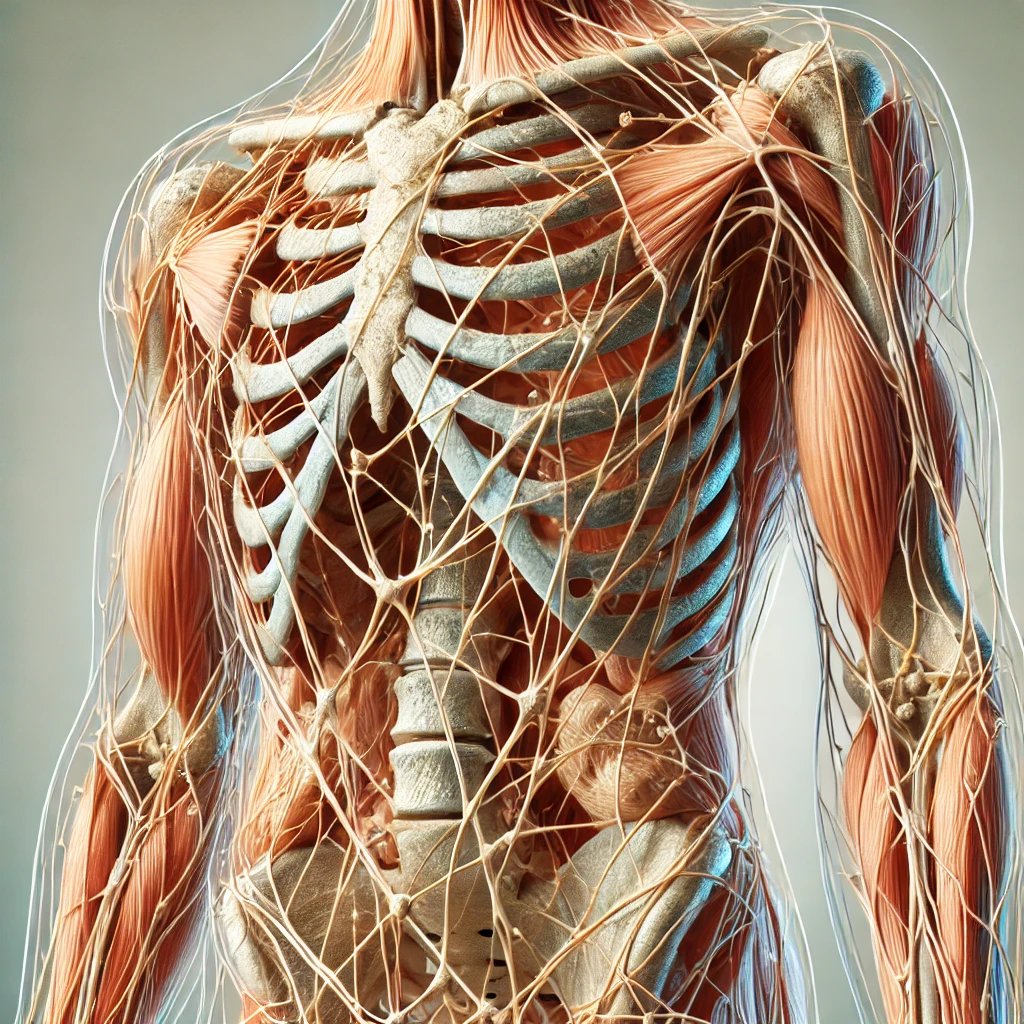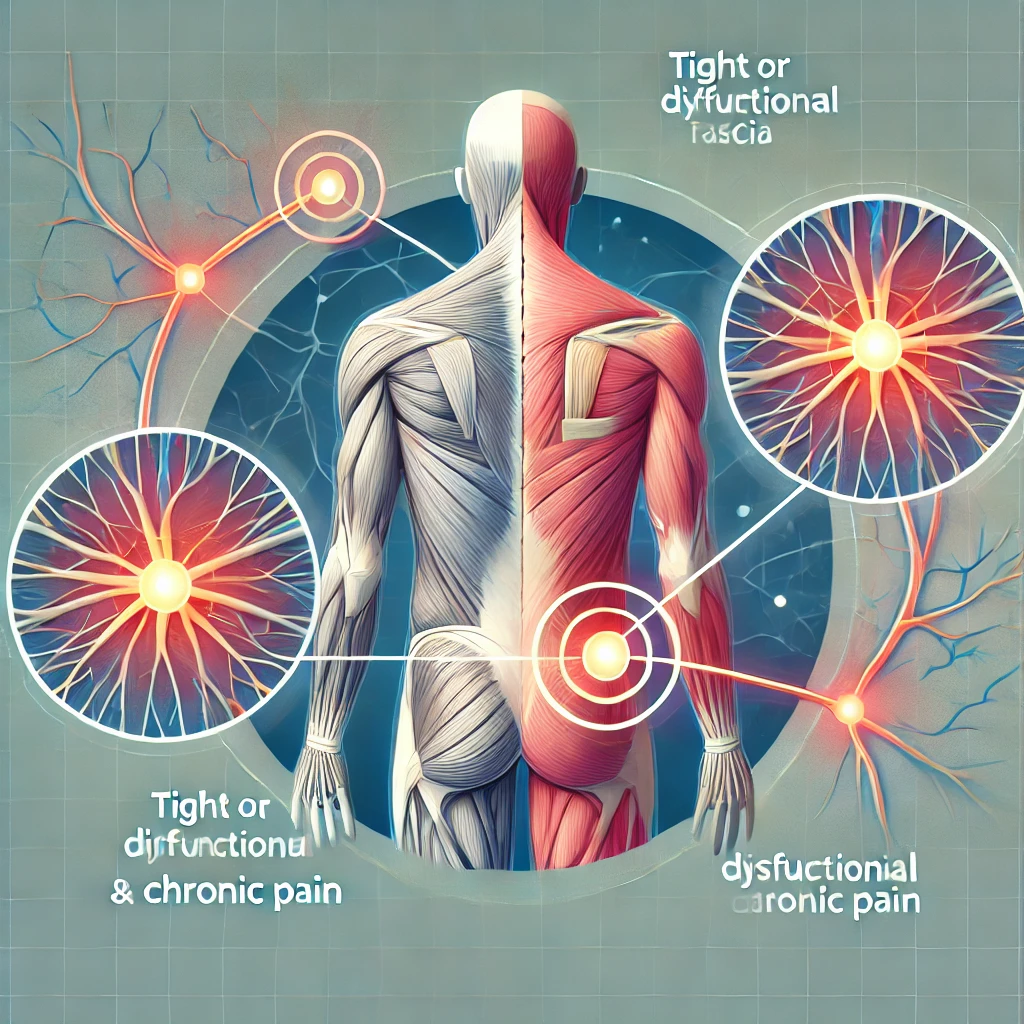Contact Info
-
128-A, DDA Flats, Shahpur Jat, Siri Fort, New Delhi 110049
- info@shrijyotifasciaclinic.com
- +91 9811 345 477

Fascia is a highly sophisticated, web-like structure of connective tissue that envelopes and supports every organ, muscle, bone, and nerve fiber in the body. This continuous, three-dimensional matrix extends from head to toe, playing a crucial role in maintaining structural integrity. Fascia serves as the body's natural support system, distributing tension and load, and ensuring that muscles, bones, and other tissues work in harmony.
Beyond its structural role, fascia also facilitates the body's natural healing processes. When fascia is healthy, it is flexible and resilient, allowing the body to move fluidly without restriction. However, when fascia becomes damaged or restricted due to injury, inflammation, or poor posture, it can lead to tightness, pain, and even long-term dysfunction. Fascia is responsive to movement, stress, and environmental factors, making it essential for both physical and emotional well-being.

Healthy fascia is paramount for overall well-being because it impacts nearly every system in the body. Fascia not only provides structural support but also acts as a medium for cellular communication. Through its connection to muscles, bones, and organs, fascia helps to regulate movement, coordination, and even the body's immune response. A healthy fascia system promotes ease of movement, helps in injury prevention, and supports recovery.
When fascia is compromised—whether due to stress, dehydration, poor posture, or trauma—it loses its pliability and can lead to adhesions and restrictions. These restrictions create tension points in the body that may manifest as pain or limited mobility. Addressing fascia health through specific therapies, hydration, and mindful movement can improve flexibility, boost circulation, reduce pain, and increase the overall functionality of the body. Ensuring the fascia remains hydrated and pliable is key to preventing chronic pain and sustaining a high quality of life.

Chronic pain often has a strong connection to dysfunction within the fascia system. When fascia becomes tight, twisted, or develops adhesions, it exerts excessive pressure on muscles, nerves, and joints, leading to pain and discomfort. Many people suffering from unexplained or persistent pain may not realize that fascial tension could be the root cause. Conditions like fibromyalgia, back pain, and repetitive strain injuries are frequently linked to fascial dysfunction.
Fascia dysfunction can also reduce blood flow and limit the body's ability to remove toxins and metabolic waste from tissues, exacerbating the sensation of pain. Therapy targeting fascia can be an effective solution for chronic pain sufferers, especially when traditional approaches like medications or surgeries fall short. Techniques like myofascial release, stretching, and hydration can help break up adhesions and restore the fascia to a healthy state, offering long-term relief from chronic pain.

Fascia acts as a highly sophisticated communication network within the body, playing a critical role in how cells and tissues respond to injury and healing. It serves as a medium for biochemical signaling, allowing cells to communicate about damage, inflammation, and the need for repair. When the body is injured, fascia responds by tightening and developing adhesions to protect the affected area. This mechanism is essential for initial protection but can lead to complications if the fascia remains tense or restricted long after the injury has healed.
By addressing the health of the fascia, we can improve the body's natural healing capacity. Fascia-focused therapies help release tension, restore flexibility, and reestablish proper circulation to injured or inflamed areas. This encourages faster healing and supports the body's ability to return to a balanced, functional state. Techniques like fascial stretching, acupuncture, and bodywork therapies are increasingly being recognized for their ability to promote tissue repair, reduce inflammation, and accelerate recovery, making fascia care a vital aspect of holistic health management.